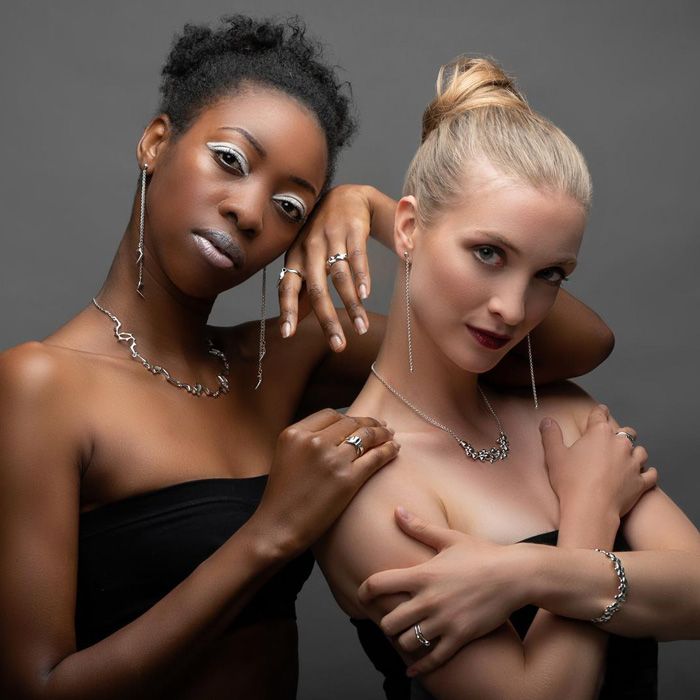Popular in ancient Greece and Rome, and throughout the Middle Ages, Sapphires have been treasured as some of the most precious gemstones and have been associated with royalty and romance for hundreds of years. The stone symbolises nobility, truth, sincerity, and faithfulness.
Here are 10 fascinating facts about Sapphires:
- Sapphire is the birthstone for September and the gem of the 5th and 45th anniversaries.
- Sapphires come in almost every colour of the rainbow; pink, yellow, green, blue, orange and purple. Red sapphires are actually called Rubies (both are varieties of the mineral corundum).
- Sapphires and rubies are among the most durable naturally occurring elements in the world. Gemstones are rated on their ability to withstand scratching based on a system called the Mohs Scale of Hardness, and sapphires score a 9 out of 10. The only natural item that can scratch a sapphire is a diamond, which has a 10 on the Mohs Scale.
- Sapphires get their colours from trace elements in the mineral corundum. Classic blue sapphires contain iron and titanium, and trace elements of chromium can turn corundum pink, while more chromium turns it into a ruby.
- “Padparadscha”,a name that comes from the Sinhalese (the language spoken in Sri Lanka) word for lotus blossom, is a rare & valuable pinkish orange variety of sapphire.
- Sapphire is one of the big 3 gemstones, called “Precious Gemstones”. The other two are: Ruby and Emerald.
- Deep blue sapphires called “royal blue” have long been associated with royalty and were often worn by medieval kings. The most famous royal sapphire is probably the engagement ring given by Prince Charles to Lady Diana in 1981, today worn by Kate Middleton.
- The word Sapphire comes from a Greek word “Sapheiros”, and the Latin word “Saphirus” which literally means blue, as in the planet Saturn.
- Sapphires can exhibit a phenomenon called the “star effect,” or asterism. This occurs when inclusions create a star pattern of rays on the surface of a dome-like cabochon-cut sapphire, often called a “star sapphire.
- Besides the “star corundum”, there’s another interesting variety: colour-change sapphire. These fascinating stones change colour under different lighting, most often going from blue in daylight or fluorescent lighting to purple under incandescent light.
The durability of sapphires makes them an excellent choice for engagement rings and other every day wear pieces of jewellery. To view our sapphire rings visit our shop.


